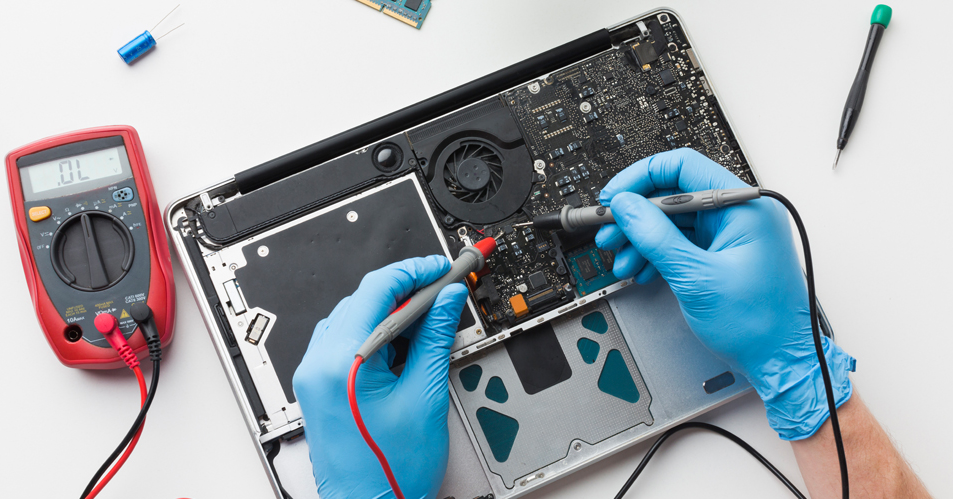


Refrigerators have a relay?
(A) Magnetic type
(B) by simple switch
(C) Non-magnetic
(D) All of the above
Which of the following rotor will have the highest noise?
(A) Shaded pole motor
(B) Universal Motor
(C) capacitor motor
(D) All of the above will be equal
Cylindrical rotors are used in high-speed alternators having speed between 1500 rpm to 3000 rpm and salient pole rotors are used in low-speed devices, from 100 rpm to 1500 rpm. Cylindrical type rotors are used in turbo-alternators and these are made up of solid steel forging to get high mechanical stress.
Are secondary electrical devices?
(A) Depleting torques
(B) Containing torque
(C) Damping torque
(D) All these
Which of the following hitting methods has the highest power factor?
(A) heating resistance
(B) induction heating
(C) Arc heating
(D) Dielectric heating
The correct answer is Resistance Heating. Resistance heating is based on the I2R effect and is highly resistive in nature that's why it has the maximum power factor. Electric resistance heating is defined as “the heat produced by passing an electric current through a material that preferably has high resistance”.
The gases used in different types of welding would include
(A) oxygen and hydrogen
(B) oxygen, hydrogen, acetylene and nitrogen
(C) oxygen, acetylene and argon
(D) oxygen and acetylene
The average salinity of sea water is
(A) 2%
(B) 3%
(C) 3.5%
(D) 2.5%
Get the Examsbook Prep App Today